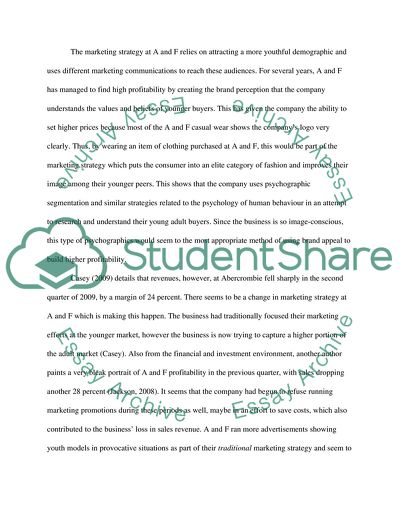Cite this document
(Marketing Planning and Promotion at Abercrombie & Fitch Research Paper, n.d.)
Marketing Planning and Promotion at Abercrombie & Fitch Research Paper. Retrieved from https://studentshare.org/marketing/1726044-marketing-planning-and-promotion
Marketing Planning and Promotion at Abercrombie & Fitch Research Paper. Retrieved from https://studentshare.org/marketing/1726044-marketing-planning-and-promotion
(Marketing Planning and Promotion at Abercrombie & Fitch Research Paper)
Marketing Planning and Promotion at Abercrombie & Fitch Research Paper. https://studentshare.org/marketing/1726044-marketing-planning-and-promotion.
Marketing Planning and Promotion at Abercrombie & Fitch Research Paper. https://studentshare.org/marketing/1726044-marketing-planning-and-promotion.
“Marketing Planning and Promotion at Abercrombie & Fitch Research Paper”, n.d. https://studentshare.org/marketing/1726044-marketing-planning-and-promotion.


